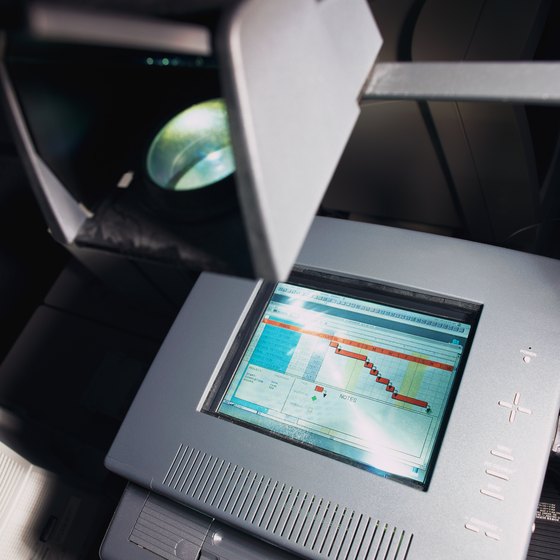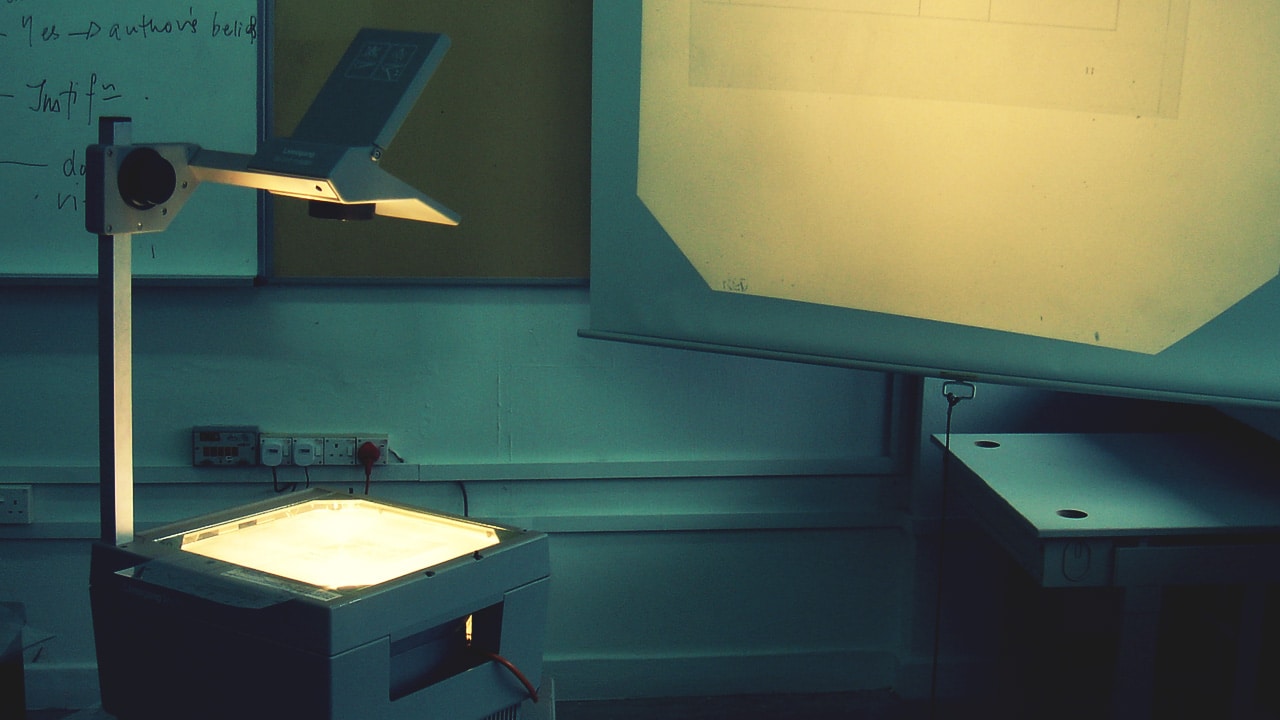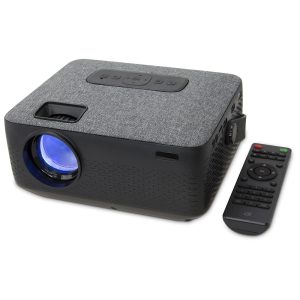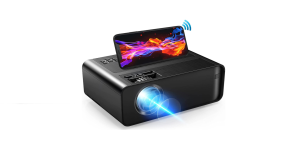The technology surrounding presentations and visual aids has swiftly advanced with digital screens and projectors leading the march. However, overhead projectors — a seemingly outdated tool — still find relevance and utility in various educational and professional settings. Even in the digital age, they offer simplicity, reliability, and an interactive platform that newer technologies struggle to replicate. Let’s explore how overhead projectors maintain their luster among modern devices.
Embracing Simplicity and Ease of Use
Simple Setup and Operation
Overhead projectors have remained popular due to their straightforward setup and foolproof usage. Unlike digital projectors that may require software installation, driver updates, or compatibility checks, overhead projectors need only a power outlet and a transparent sheet to work. This simplicity allows users of all technical abilities to operate them efficiently, leading to minimum setup time and technological barriers.
Low Maintenance and Reliability
The robust nature of overhead projectors contributes to their continued use. With fewer moving parts and electronic components than digital projectors, they are less likely to malfunction, resulting in fewer interruptions. The maintenance of overhead projectors typically involves simple bulb replacements and cleaning, tasks that can often be completed without professional help, reducing long-term maintenance costs and downtimes.

Preserving Interactivity and Engagement
Promoting Instructor and Participant Interaction
One of the overhead projector’s strengths is its ability to facilitate a dynamic and interactive learning environment. Instructors can write notes in real-time, engage with the material directly, and respond to participants’ queries promptly by simply annotating on the transparency film. This level of interaction is still appealing compared to pre-recorded or static digital presentations, as it fosters a more engaging and responsive educational experience.
Encouraging Collaborative Learning
Overhead projectors promote collaboration as students or team members can come up to the projector and contribute directly to the ongoing discussion. This is especially useful in brainstorming sessions, workshops, and group activities where collective input is valuable. The ability to share and build upon ideas in a tangible way enhances group dynamics and nurtures teamwork among participants.

Supporting Diverse Learning Environments
Visual Aid for Various Learning Styles
Different people learn better through different methods — some are visual, others are auditory, and many prefer a kinesthetic approach. Overhead projectors serve visual learners well, as they display graphical information that can be processed more easily. The tangible nature of adjusting transparencies and adding annotations suits kinesthetic learners who benefit from hands-on interaction, while the spoken explanations that accompany these visuals assist auditory learners.
Adaptable Across Multiple Settings
Despite the rise of digital solutions, overhead projectors continue to be adaptable tools that serve a purpose in various settings beyond the classroom. They’re used in art for tracing and scaling images, in science labs to display results or procedures, and in business for low-tech, reliable presentations. The ability to use them in brightly lit rooms and their large display size makes them practical in circumstances where digital screens may not perform as well.

Cost-Effectiveness in Long-Term Use
Affordability for Institutions and Individuals
Economic considerations play a significant role in the continued usage of overhead projectors. Educational and business institutions that already possess these projectors may find it more cost-effective to continue using them rather than upgrading to expensive digital equipment. For individual educators or small businesses on tight budgets, overhead projectors offer an affordable alternative to provide quality presentations.
Longevity and Sustained Effectiveness
The enduring design of the overhead projector ensures its continued effectiveness. Their longevity is often unmatched when compared to digital devices that may become obsolete within a few years due to technology advances and software updates. Overhead projectors can last for decades with minimal care, making them a one-time purchase for many organizations, hence reducing the long-term cost of ownership.

Maintaining Traditional Education Techniques
Classic Pedagogy with Modern Integration
Traditional education methods maintain a stronghold in many learning institutions, and overhead projectors complement these methodologies effectively. Combining the tactile, step-by-step reveal of information akin to classic teaching styles with the potential to integrate digital media presents a best-of-both-worlds scenario. Teachers can retain their tried-and-true lesson plans while still leaving room for incorporating modern elements like online resources, which can be displayed via a transparency adapter for digital devices.
Preservation of Annotation Techniques
The overhead projector’s surface allows for annotations and highlights, preserving the teacher’s ability to underscore key points dynamically. This direct form of markup during instruction, a feature beloved in conventional teaching, carries forward the pedagogy of annotation which can be lost in the sea of pre-designed slides. The spontaneity of hand-written notes or drawings helps maintain the flow of a traditional classroom while providing clarity and emphasis on critical concepts.

Avoidance of Technical Failure
A notable advantage of overhead projectors is their ability to operate independently of software and complex electronic systems, which are often susceptible to technical glitches. This independence is crucial in settings where technology access is limited or where interruptions to educational processes are particularly detrimental. Overhead projectors offer a sense of security against the pitfalls of digital dependency, as they rarely fall victim to system crashes or compatibility issues.
Minimal Training Required
Unlike sophisticated digital systems that require user training and recurring updates, overhead projectors demand minimal instruction to operate. This ease of use translates into virtually no learning curve for educators or presenters, reducing the time and money spent on training. For institutions that lack the resources to provide extensive technical training, overhead projectors represent a viable and efficient option to achieve educational or presentation goals.
Adapting to Modern Environmental Standards
Eco-friendly Considerations
As the world shifts towards more sustainable practices, overhead projectors stand out for their minimal environmental impact compared to some of their digital counterparts. The longevity and minimal maintenance of these projectors result in less electronic waste and a lower overall carbon footprint. They do not require the constant upgrading that modern digital devices do, contributing to a more eco-friendly approach in educational and corporate environments.
Power Efficiency and Longevity
Overhead projectors are generally more power-efficient than high-intensity digital projectors, contributing to cost and energy savings. Additionally, their build quality and repairability lend themselves to a longer life span, decreasing the need for frequent replacements. This extended usability aligns with modern environmental goals, emphasizing durability and power conservation.
In summary, despite the allure of cutting-edge digital technologies, overhead projectors have not lost their shine. They offer simplicity, reliability, interactive learning opportunities, adaptability to different environments, and cost-effectiveness that keep them relevant in various contexts. The digital age may present new gadgets at every turn, but the practical, tangible, and collaborative nature of overhead projectors ensures they remain a shining example of technology that can endure the test of time.



